Выбор для ставок пин ап казино и знакомство с правилами сайта
Рынок азартных развлечений стремительно растет, запускаются новые клубы, предлагающие огромный ассортимент игр и акций для гемблеров. Каждое заведение хочет выделиться

Shotgun shells are cylindrical cartridges containing multiple small spherical pellets, known as shot, or a single projectile, such as a slug, designed for use in shotguns. Originating in the early 19th century, these shells have undergone significant evolution in materials and design to meet the demands of various applications. Today, they play a crucial role in shooting sports, providing enthusiasts with diverse options for skeet shooting, trap shooting, and sporting clays. Moreover, bullets for shotguns are indispensable in hunting, offering different loads tailored for hunting waterfowl, upland game, and big game, ensuring ethical and effective harvests. Additionally, they serve as a vital component in self-defense, with options like buckshot and slugs providing reliable stopping power in close-range confrontations. Overall, bullets for shotguns remain integral to firearms culture, offering versatility and effectiveness across a range of recreational and practical pursuits.
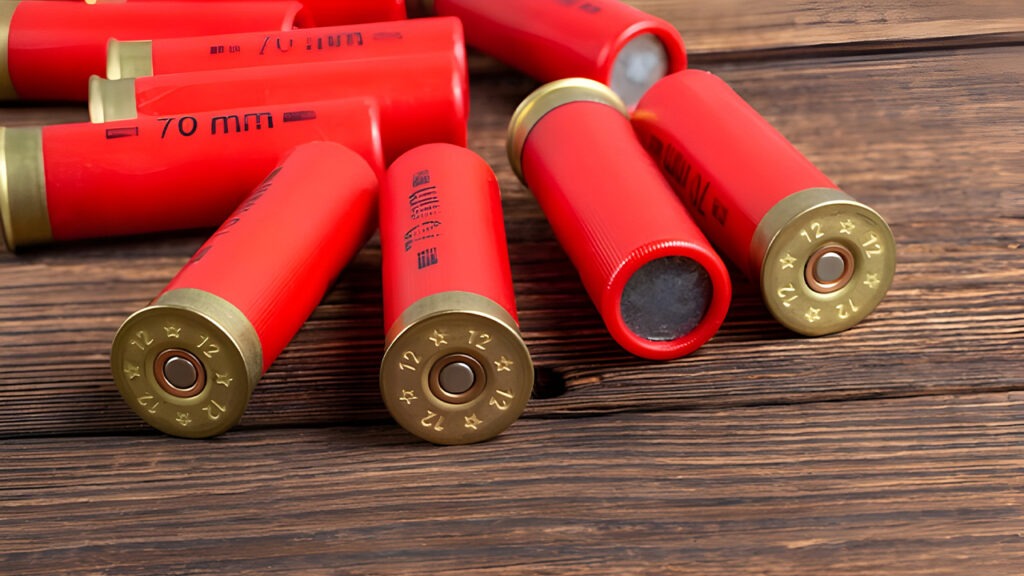
Shotgun shells consist of several essential components, each playing a critical role in their function. The hull or casing serves as the outer container, typically made of plastic or paper, housing all other elements. The primer, located at the base of the shell, initiates the firing sequence upon impact from the firearm’s firing pin. Propellant, or gunpowder, fills the space within the casing, generating the explosive energy needed to propel the shot or slug forward upon ignition. A wad, positioned between the propellant and the shot or slug, helps ensure proper pressure distribution and shot pattern consistency upon firing. Finally, the shot or slug, contained within the wad, serves as the projectile expelled from the shotgun barrel towards the target, with the shot consisting of multiple small pellets and slugs being single, solid projectiles, each offering distinct ballistic properties tailored to specific shooting needs.
Shotgun shells encompass a variety of types, catering to the diverse needs of shooters and hunters. Firstly, they are distinguished based on gauge, denoting the bore diameter, with popular options including 12 gauge and 20 gauge, each suited for different purposes and firearms. Furthermore, bullets for shotguns vary in length, with common sizes like 2 ¾”, 3″, and 3 ½” available, influencing the amount of propellant and payload they can accommodate, thereby affecting their performance. Another crucial classification is based on payload, offering selections such as birdshot, buckshot, and slugs, each designed to optimize effectiveness for specific hunting or shooting scenarios. Additionally, bullets for shotguns differ based on construction materials, including lead, steel, bismuth, and tungsten, with each material offering unique properties that impact factors such as penetration power, pattern density, and environmental considerations. These diverse types of bullets for shotguns allow shooters to tailor their ammunition selection to meet the demands of various applications, including hunting, sport shooting, and self-defense.
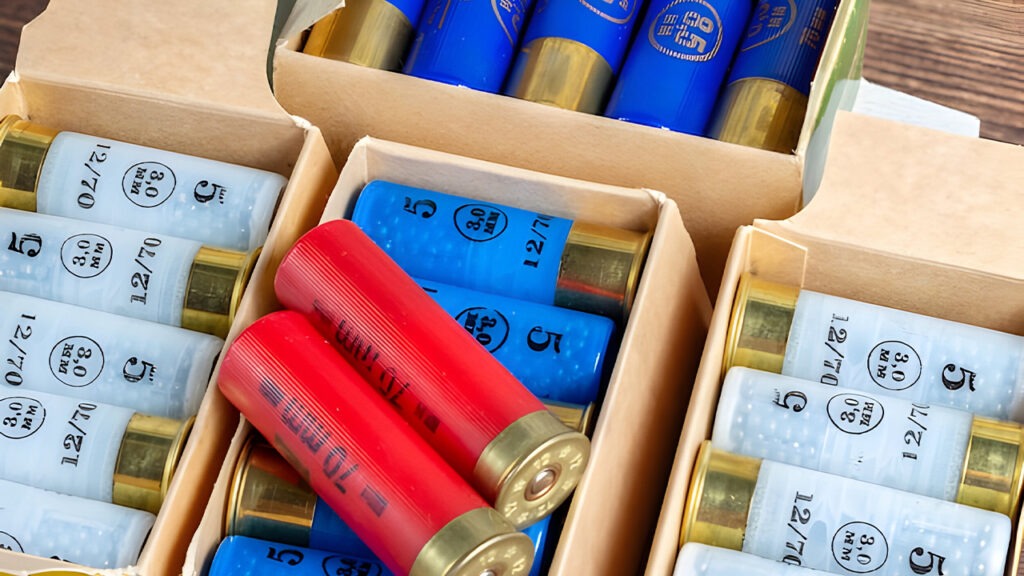
Shotgun shells find wide-ranging applications across hunting, sport shooting, and home defense scenarios, owing to their versatility and effectiveness. In hunting, shotgun cartridges are indispensable for pursuing various game species. For waterfowl hunting, where precision and range are crucial, shotgun rounds loaded with appropriate shot sizes and materials ensure effective shots on fast-moving targets like ducks and geese. Similarly, for upland game hunting, where quick follow-up shots may be necessary, shotgun rounds with lighter payloads and tighter shot patterns excel in bagging birds such as pheasants and quail. In contrast, for big game hunting, shotgun slugs provide the necessary stopping power and penetration required to take down larger animals like deer or wild boar. In sports shooting disciplines like skeet, trap, and sporting clays, shotgun cartridges tailored to specific games offer shooters the consistency and reliability needed to excel in competitive environments. Moreover, in home defense scenarios, shotgun rounds loaded with buckshot or slugs provide homeowners with potent options for close-quarters combat, delivering formidable stopping power to neutralize threats effectively while minimizing the risk of overpenetration. These diverse applications underscore the indispensable role of bullets for shotguns in meeting the varied needs of shooters and hunters alike.
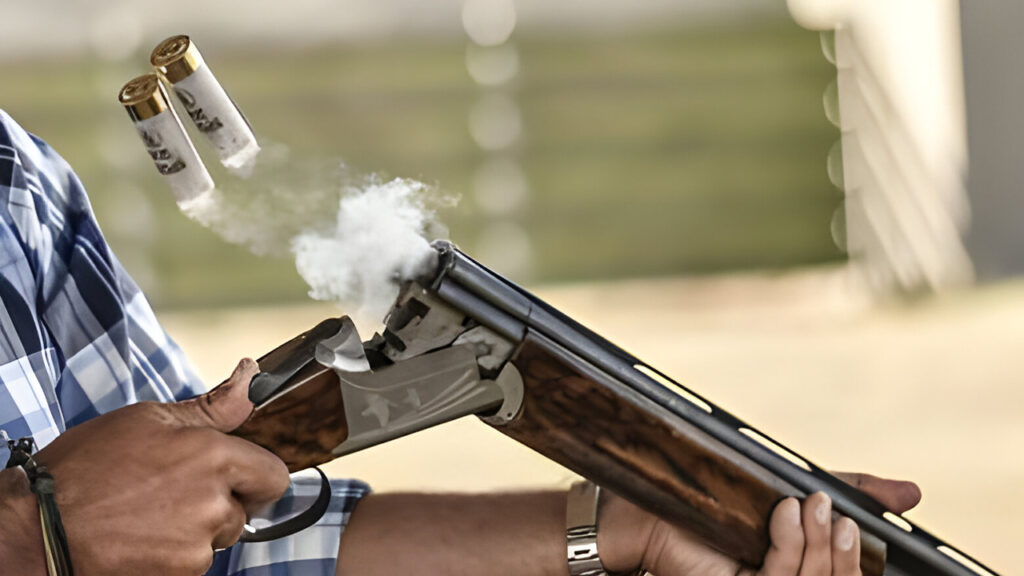
Several significant variables influence shotgun shell ballistics and performance, all of which are critical in determining how effective the ammunition is. Pattern density refers to the distribution of shot or slug pellets within a given area upon firing, impacting the likelihood of hitting a target. Factors such as choke selection, shot size, and distance from the target affect pattern density, with tighter patterns offering increased accuracy at longer ranges. Penetration, another critical aspect, measures the ability of the shot or slug to penetrate the target, ensuring sufficient terminal ballistics to incapacitate the game or neutralize threats effectively. Firearm weight, shell load, and design are some of the variables that affect recoil, or the backward force felt by the shooter during a shot. Recoil also affects shooter comfort and the accuracy of subsequent shots. The maximum distance at which ammunition remains lethal and accurate is known as the effective range. Shot size, pattern density, shot velocity, and other factors affect this information, which gives shooters their optimal engagement distances. Understanding these ballistics and performance metrics enables shooters to select the most suitable shotgun shells for their intended applications, ensuring optimal results in hunting, sport shooting, or self-defense scenarios.
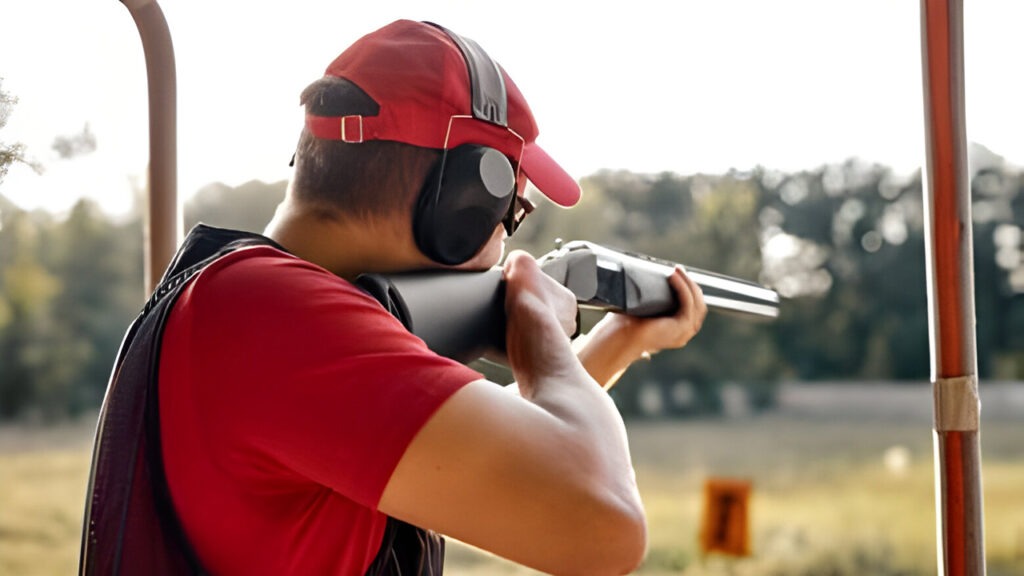
Regulations and safety considerations surrounding shotgun shells are paramount to ensuring responsible use and minimizing risks to both individuals and the environment. Legal restrictions often dictate the types of ammunition permissible for use in specific hunting scenarios, with regulations concerning shot size, gauge, and even materials like lead to protect wildlife populations and habitat integrity. Additionally, laws may govern hunting practices such as bag limits, hunting seasons, and permissible hunting areas to maintain sustainable populations and prevent overexploitation of game species. Storage and handling safety measures are essential to prevent accidents and injuries, including storing shotgun shells in a cool, dry place away from heat sources and securing them in locked cabinets or safes to prevent unauthorized access, particularly in households with children. Moreover, proper handling techniques, such as avoiding mishandling or dropping shells, help minimize the risk of accidental discharge and injury. Environmental impact considerations involve addressing the potential ecological consequences of lead and other materials found in cartridges for shotguns, with regulations often in place to mitigate contamination risks to soil, water, and wildlife. Adhering to these regulations and safety practices ensures the responsible and sustainable use of bullets for shotguns while safeguarding both users and the environment for future generations.
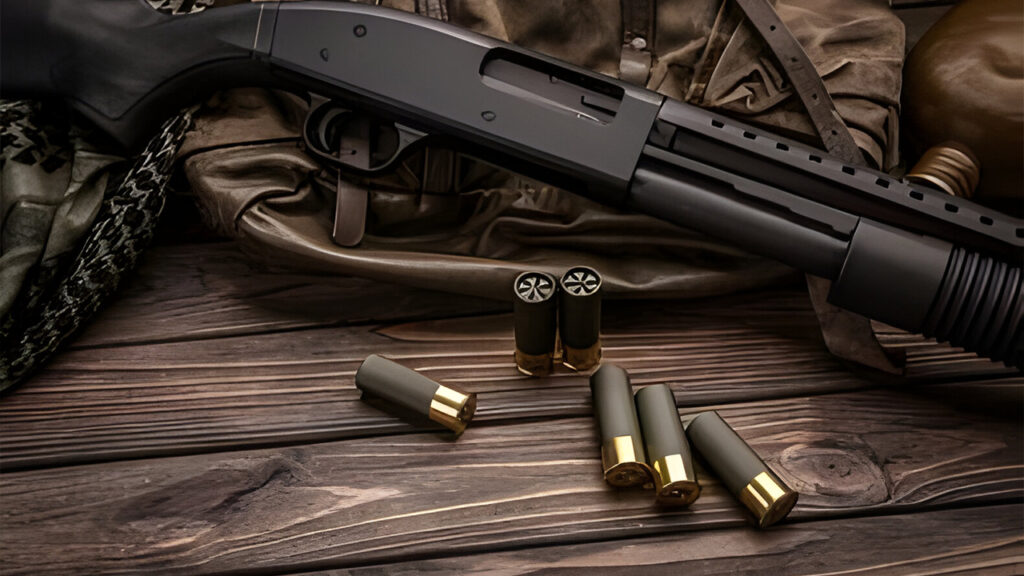
Innovations and future trends in shotgun shell technology are driving advancements aimed at enhancing performance, safety, and environmental sustainability. Non-toxic shot materials represent a significant shift away from traditional lead-based ammunition, with alternatives like steel, bismuth, tungsten, and eco-friendly materials gaining traction due to their reduced environmental impact and compliance with regulations governing lead usage. Improved wad designs are focusing on optimizing shot patterns, reducing recoil, and enhancing environmental friendliness through biodegradable materials, ensuring consistent performance while minimizing waste. With advancements like temperature-insensitive formulations, cleaner-burning powders, and optimized burn rates that improve velocity, accuracy, and consistency in a range of environmental conditions, advanced propellant technologies are redefining shotgun shell performance. Furthermore, the advent of smart ammunition is transforming the landscape of shotgun shell technology, incorporating sensors, microchips, and advanced targeting algorithms to enable shooters to track and adjust their shots in real time, revolutionizing accuracy and effectiveness in hunting and sport shooting applications. These innovations represent the future of shotgun shell design, offering shooters unprecedented levels of performance, safety, and environmental responsibility.
In conclusion, shotgun shells stand as indispensable components in firearms culture, renowned for their versatility and significance across shooting sports, hunting, and defense. From their humble origins to the present day, ammunition for shotguns has evolved to meet the diverse needs of shooters and hunters, offering a wide array of options tailored to specific applications. Their importance in shooting sports, where they enable enthusiasts to compete in disciplines like skeet, trap, and sporting clays with precision and skill, cannot be overstated. Similarly, in hunting, bullets for shotguns provide hunters with the necessary firepower to pursue a wide range of game species ethically and effectively, whether it be waterfowl, upland game, or big game. Moreover, in defense scenarios, shotgun cartridges give homeowners a potent means of protection, with options like buckshot and slugs providing formidable stopping power in close-quarters engagements. In essence, bullets for shotguns embody adaptability and reliability, making them indispensable tools for shooters and hunters alike, serving as a testament to their enduring importance in firearms culture.
Unlock Superior Firepower with Advanced Combat: Explore Our Range of Shotgun Shells Now.
Рынок азартных развлечений стремительно растет, запускаются новые клубы, предлагающие огромный ассортимент игр и акций для гемблеров. Каждое заведение хочет выделиться
Bitcoin Casino Free Spins ֍ Play Btc Which have Totally free Revolves For Register Articles Clean Casino Best Bitcoin Gambling